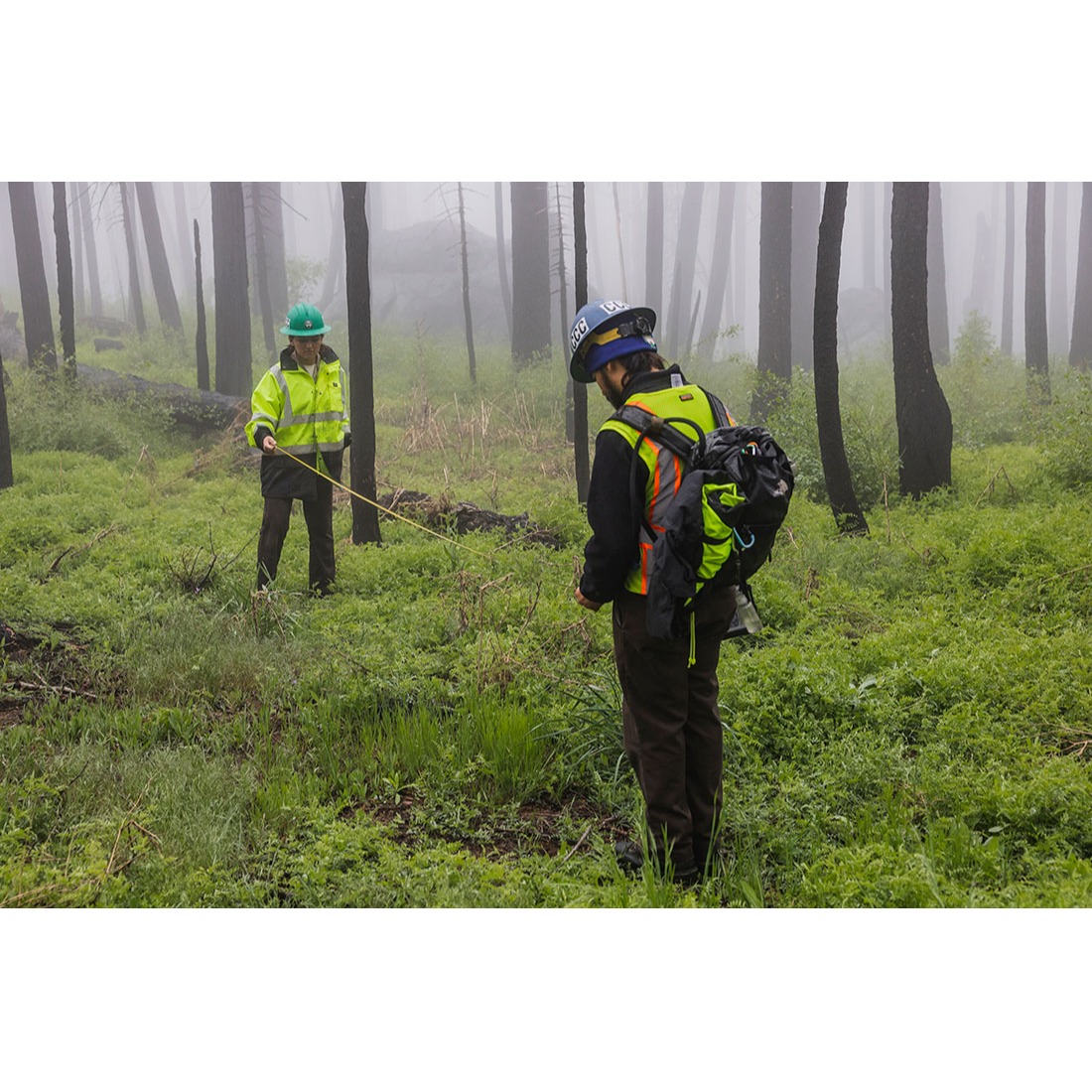
United States | The Megaincendio Park Fire has burned 170 thousand hectares in California, there are more than 569 destroyed buildings and is still out of control
The forest fire known as Park Fire, which began on July 24, has already swept 162,359.47 hectares, according to official information to August 3. The fire destroyed more than 569 buildings and damaged another 49. It is currently only contained in 28%. In just seven days, this fire has become the largest in the state and the fifth largest in the history of California.
The Spanish specialist Ferran Dalmau Rovira, director of Media XXI GSA, analyzed the impact of Park Fire on a thread of his X account (previously Twitter). In his post, Dalmau Rovira stressed that the fire was fed by exceptionally dry vegetation after an extreme heat month in California. «More than 6,518 people are working in the place in their extinction, 537 pumps, 153 nodrizas, 45 helicopters, 193 bulldozers and 127 units with manual tool. A lot of technical fire is being used because, for example, the right flank has more than 70 km, ?he explained, underlining the magnitude of the resources assigned to control and combat the fire. At the moment there is a 42 -year -old man who was arrested as alleged Author of the fire. According to the authorities, he was seen pushing a car on fire by a ravine near Aligator Hole, which propagated the flames and gave rise to the devastating fire Park Fire.This dancing fire is on its way to overcoming the three largest fires that California has Suffered to date: August Complex: 417,897 ha (2020), Dixie Fire: 389,837 ha (2021), and Mendoza Complex: 185,801 ha (2018) All these fires have occurred in the last decade, highlighting the growing frequency and intensity of the Forest fires in California, despite its long history of forest fires. The Park Fire is located in a region of California known for its vast forests and mountainous land, which complicates containment efforts. The combination of high temperatures, strong winds and dry vegetation has created the perfect conditions for fire to spread, putting entire communities and vast areas of natural terrain. The situation of Park Fire underlines the urgent need to review and strengthen the Fire prevention and response strategies in critical alert seasons for the index to propagation danger in the countries of America. With an increasing number of devastating fires every year in the world, a consequence of the extreme temperatures due to the impacts of climate change , it is crucial that prevention and awareness campaigns, effective policies and adequate resources are assigned to protect both communities and natural state ecosystems.
IT MAY INTEREST YOU
 Experts cant believe it, but this tree is the oldest in the world and continues to bear fruit: it is 4,000 years old.
Experts cant believe it, but this tree is the oldest in the world and continues to bear fruit: it is 4,000 years old.
Nature keeps secrets that defy the passage of time, and one of the most surprising examples is a tree that, approximately 4,000 years old, continues to bear fruit today. This specimen has become a symbol of resistance and longevity, capable of surviving climate changes, landscape transformations and human activity itself.
 Missions | New illegal felling in the Piñalito Provincial Park in San Pedro reveals the silent expansion of deforestation in protected areas
Missions | New illegal felling in the Piñalito Provincial Park in San Pedro reveals the silent expansion of deforestation in protected areas
The advance of deforestation on protected areas was once again evident this week in the Piñalito Sur Provincial Park, in San Pedro, where the Ministry of Ecology and Renewable Natural Resources confirmed a new case of selective illegal logging. The event occurs in a context of growing concern about the fragility of the environmental control system in rural and border areas, where the scarcity of resources, personnel and logistics limits the capacity of surveillance against criminal organizations organized to steal native woods and market them on the black market in connivance with sawmill owners.
 The second largest wetland in South America is located in Argentina: what is it?
The second largest wetland in South America is located in Argentina: what is it?
Argentina has national parks that place it in a unique position within South America, competing with 300 others. Which is the largest? South America is home to more than 300 national parks, but many go unnoticed. There are extensive wetlands that have been the subject of major ecological restoration projects, to coastal mountains with deep indigenous heritage. Today we tell you the case of one located in Argentina.





















